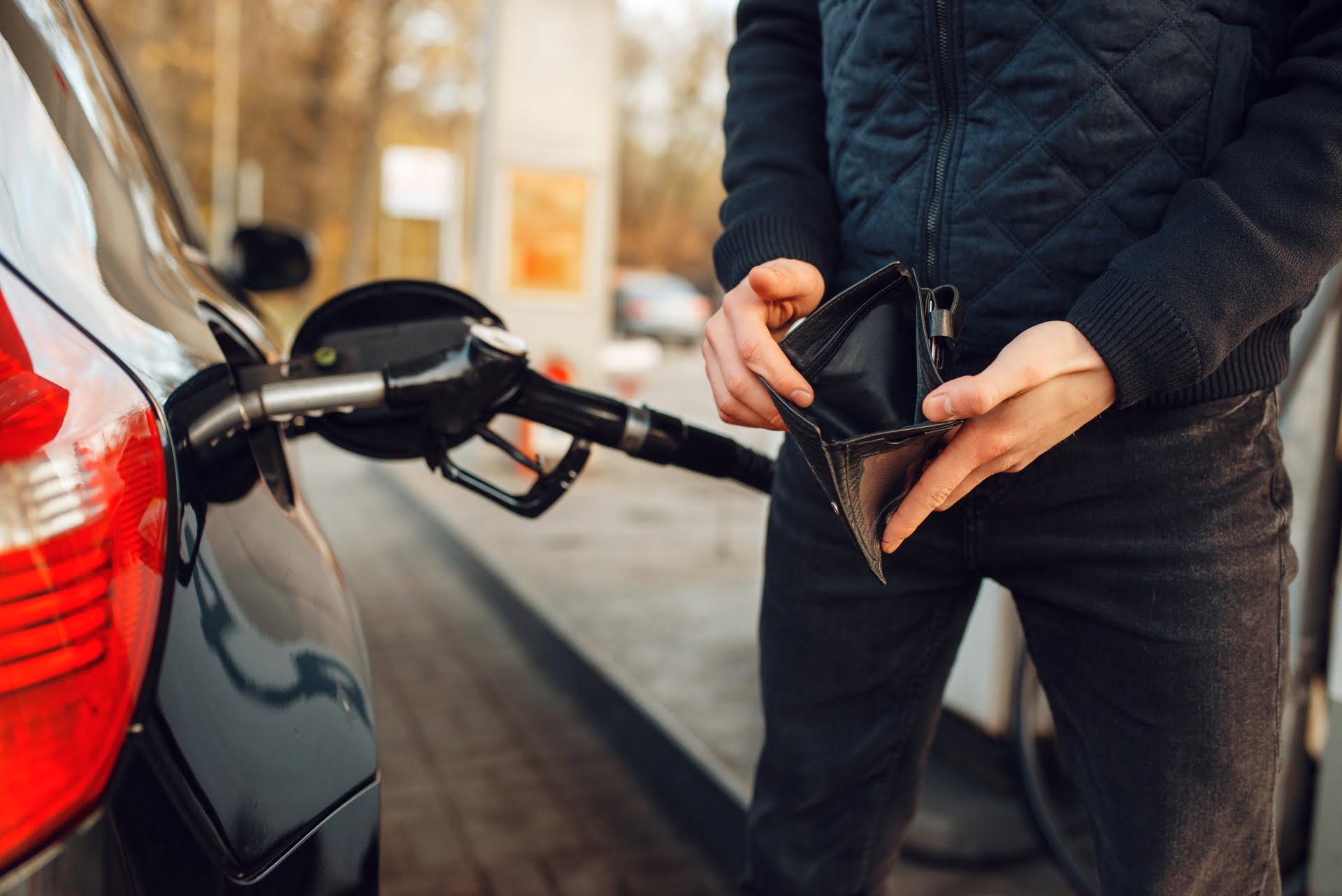
Yet again, the cost-of-living crisis is tightening its grip on UK motorists. The 2022 RAC Report has found that more than a third of drivers aged 17 to 24 are avoiding necessary vehicle repairs to save money during the financial crisis.
16% of young drivers said they are delaying major repairs such as replacing a handbrake or cracked windscreen. Additionally, 28% are putting off minor repairs (e.g. minor oil leaks).
Young drivers are more than twice as likely than the UK average to deliberately delay vehicle repair works.
After running a poll on the IAM RoadSmart Twitter, 24% of respondents also agreed that they’ll be forced to put off making vehicle repairs or improvements over the coming months.
So, what can save you money while motoring?
The latest research commissioned by the UK’s largest independent road safety charity, IAM RoadSmart, has revealed that potentially millions of motorists have changed their driving habits for the better amid the fuel crisis and more so recently with the cost-of-living crisis.
We understand that our simple hints and tips won’t offset the cost of potentially thousands of pounds worth of vehicle repairs. However, over time they can help to ease the cost of day-to-day motoring.
Fill up at supermarkets
Larger supermarket chains generally offer the lowest forecourt prices. It’s worth hunting out which petrol stations are the cheapest locally and avoiding ones close to motorways as these tend to have inflated prices. It’s also worth bearing in mind that petrol is also generally cheaper in towns and cities compared to rural locations.
Avoid premium fuel
There’s no harm in using premium or ‘super’ fuels, but unless you’re driving a high-performance vehicle that specifically requires a higher-octane fuel, there’s usually very little benefit.
So, for the average motorist, given that premium fuel on average costs 10-15p more per litre than the standard equivalent, avoiding the premium pump is going to save you money.
Drive smoothly
Driving smoothly and anticipating situations and other road users as far ahead as possible will help to avoid unnecessary braking and acceleration. Maintain a greater distance from the vehicle in front so that you can regulate your speed, when necessary, utilising acceleration sense and without using the brakes.
When slowing down or driving downhill, remaining in gear but taking your foot off the accelerator as early as possible will reduce fuel flow to virtually zero, in most vehicles. When accelerating, shift to a higher gear early, even in an automatic, you can try this where appropriate and always remember high speeds greatly increase fuel consumption too, so avoid excessive speed.
Check your tyres
Keep your tyres well maintained by checking the condition, pressure, and tread depth. An underinflated tyre will use more fuel. When it comes to choosing new tyres, it’s worth having a look at ones which are designed for extra economy. If you’re unsure on how to check your pressures, then check out TyreSafe who offer a range of resources for vehicle owners. However, it is always advisable to check the setting recommended by your vehicle manufacturer, and this can be found in your handbook. Consider changing to the high-speed or heavy load settings if you are on a long journey.
Remove unnecessary weight
Removing racks, roof boxes and bike carriers when they aren’t in use will significantly decrease air resistance and improve fuel consumption at higher speeds. Try to avoid carrying unnecessary weight on your travels as this will increase fuel consumption. The same also applies to any misshapen and ill-fitting bodywork. Open windows can also cause significant drag, so when travelling at higher speeds it can be more economical to use the air conditioning to keep cool.
How will rising costs affect your business?
It is important for business drivers to check their vehicle on a regular basis, but for fleet managers, it is ever more essential to monitor your grey fleet more closely with evidence of up-to-date servicing and maintenance. As fleet managers aren’t directly responsible for their grey fleet vehicles, faults and lack of maintenance can go under the radar.
IAM RoadSmart is here to help.
We provide on-road training, aimed at improving the safety, confidence and efficiency of all business drivers. For fleet managers, we offer an online risk management and e-learning platform. These services allow you to audit and collate the most important fleet documentation and use it to inform your driver training and policies.


